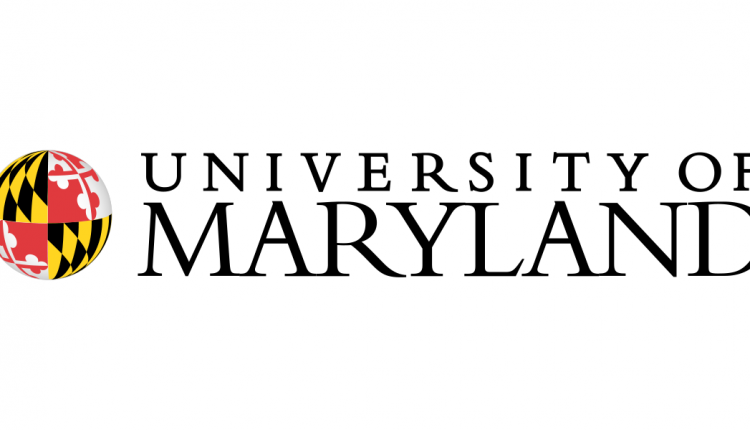University of Maryland: Spicing Up the Terp Teaching Kitchen
The fragrant sizzle of onions in a hot wok, the chop-chop-chop of knives on a cutting board, the colorful assortment of ingredient labels in another language—for a second there I thought I was back in my mom’s kitchen (and my rumbling stomach agreed).
But instead I was in the teaching kitchen at the University of Maryland’s updated and expanded Campus Pantry, which opened in this location in summer 2021. The person cooking was Associate Professor Charles Kim from the University of Wisconsin-Madison, who was preparing quintessential Korean dishes, kimchi fried rice and kimchi pancakes, for his class, “Korean Food Cultures: Past & Present,” which is usually taught online as part of the Big Ten Academic Alliance’s course-sharing consortium. The course uses food as a lens into how ordinary people have experienced the turbulence of modern Korea’s history, from Japanese colonialism to the Korean War to present day.
“Food is a great way to drive the impact of those events home,” Kim said. “Being able to have [the students] taste it today, they can more directly experience it.”
The alliance offers students an opportunity to learn from faculty members across the conference on topics not taught at their university. Kim’s class, offered through UMD’s Korean Program, has students from UMD, UW and the University of Illinois. He visited Maryland to meet his students in person at the start of the semester, and was excited to see that the Campus Pantry includes a demonstration kitchen he could use. The U-shaped space has a full-size refrigerator, four-burner stove and oven, and most importantly, a huge counter that faces rows of high-top metal tables, where students can use individual burners to practice while they watch the instructor.
The class is one of many new ways to bring students into the pantry, said Allison Tjaden, interim associate director and assistant to the director in Dining Services. “We want to limit barriers for students when it comes to the Campus Pantry. We want to destigmatize it and offer a range of programs so that students can come check it out. Then, if they or any of their friends are in need of the service, they’ve been there and feel comfortable coming in.”
Over the past year, that programming has included nutrition education and student-led cooking demonstrations with samples and recipe cards. Starting this semester, an AmeriCorps VISTA volunteer will be creating a more robust slate of events, working with partners across campus like the Community Learning Garden to integrate its ingredients into pantry offerings.
Larry Tumlin, who manages the Campus Pantry and the UMD Farmers Market, said one of the best things about having the kitchen is being able to teach students how to use items from the pantry to make nutritious meals.
“I’d like for them to get more practical knowledge, like basic cutting skills, braising, things like that,” he said.
During finals week in December, students in Kim’s class will return to the teaching kitchen to cook dishes they’ve learned about throughout the semester. These could include “traditional” items like pork belly or rice cakes, or one of the dishes borne out of historical challenges like the Korean War, such as budae-jjigae, the famous army fusion stew that combines processed American food—think Spam and canned sausages—with Korean ingredients like gochujang, a chili paste.
“I’ve been working a lot this summer, and I ate way too much processed food,” said Patricia Visoso ’25. “I want to get more into cooking, because this”—she gestured at the plate of kimchi fried rice—“is comfort.”

